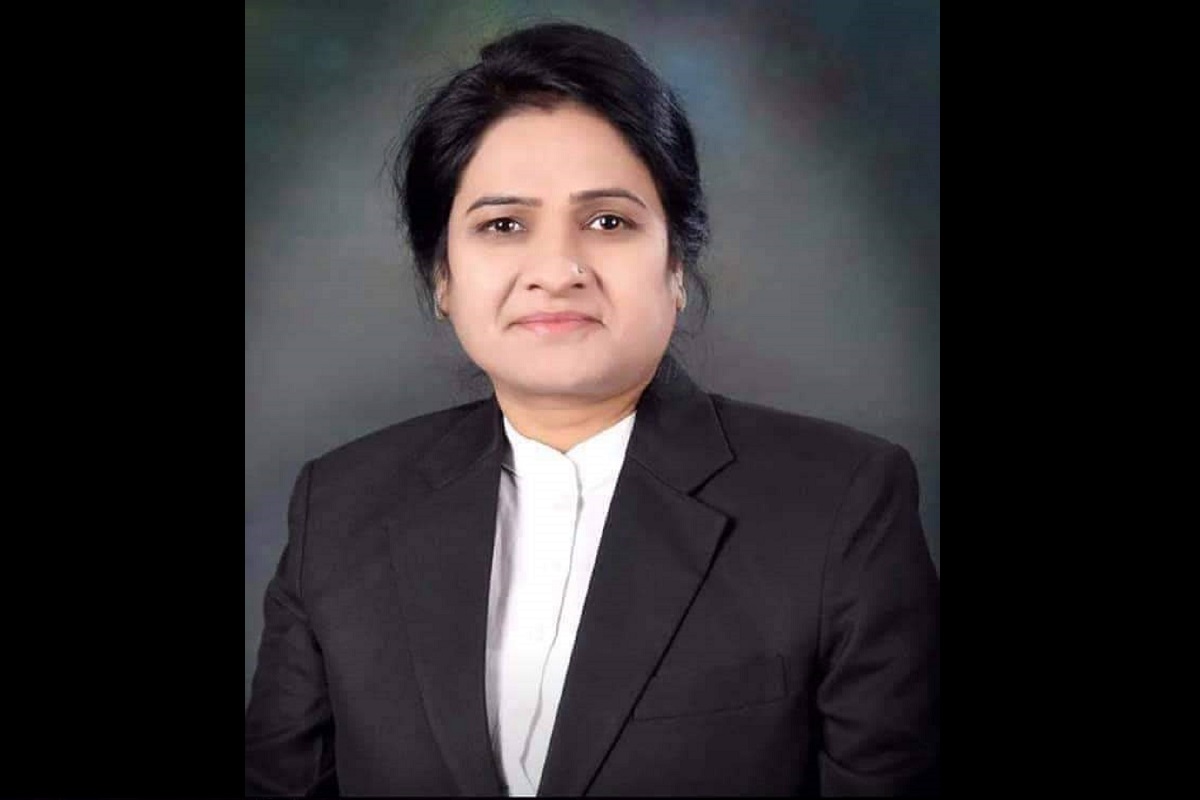In perishing to her colleague’s bullets, the first woman president of the Uttar Pradesh Bar Council, Darwesh Singh Yadav, only underscored the perilous circumstances of women at work.
Those who have made it, struggle or work without any recognition but are endangered nonetheless. Safety issues apart, gender biases, socio-religious attitudes and sexual misconduct, along with long hours for minimal wages, confirmed by India’s latest official employment data, vitiate the working environment for women.
Workplace safety may well be a critical factor accounting for India’s shocking Female Labour Force Participation Rate (FLFP) though this is partly attributed to the enormous burden of domestic chores borne by women post liberalization, confirmed by a 2017 World Bank analysis. India’s FLFP fell from 42.6 per cent to 31.2 per cent between 1993-94 and 2011-12, worsening since with the percentage of workingage women neither employed nor seeking employment now at a historical low.
Advertisement
More than three out of four women over the age of 15 are out of the earners’ category, irrespective of whether they are in urban or rural India. The periodic labour force survey published by the National Sample Survey Office makes the case more pathetic in that even urban working women largely represent domestic and textiles-related workers.
Explanations that this drop was on account of women going in for higher studies and, therefore, not working are disputed by figures confirming a drop across all age categories. The sharpest is in the 35-39 age bracket, by nine percentage, and eight percentage points for the 15- 29 bracket.
Without belittling enterprising women breaking free to set up their own self-help groups and micro enterprises, it must be emphasized that portraying an elevated status of women in the workplace, by referring to women as directors and chief executives, amounts to misinterpretation of data from the 2011-12 National Sample Survey, which found 99 per cent of such women to be “selfemployed” and around one-third working as “unpaid family workers”, according to an Azim Premji University working paper.
There are two other aspects of this regrettable scenario: the non-recognition of unpaid domestic work, often encompassing professional work ~ the pakora seller’s spouse who, for example, prepares the mix, chops the vegetables and prepares the chulha, under the kuch nahi karti (she does nothing) category ~ and the unchallenged rise of patriarchy, documented by an ICRIER study in December 2018, from Andhra Pradesh to Haryana.
The latter is particularly dangerous and deleterious for the aspiring woman job seeker. The government has not exactly put the money where its mouth is vis-à-vis women’s security, even though funds are there for the asking. Of the Rs 3,600-crore corpus transferred to Public Account for the Nirbhaya Fund till 2018-19 the Centre released no more than Rs 1,513.40 crore between 2015 and December 2018.
A secure and inviting workplace is a matter of triple security: gender security, income security and social security for nearly 50 per cent of the Indian population and, hopefully, Darwesh Singh Yadav’s death would have drawn attention to this.
Advertisement











